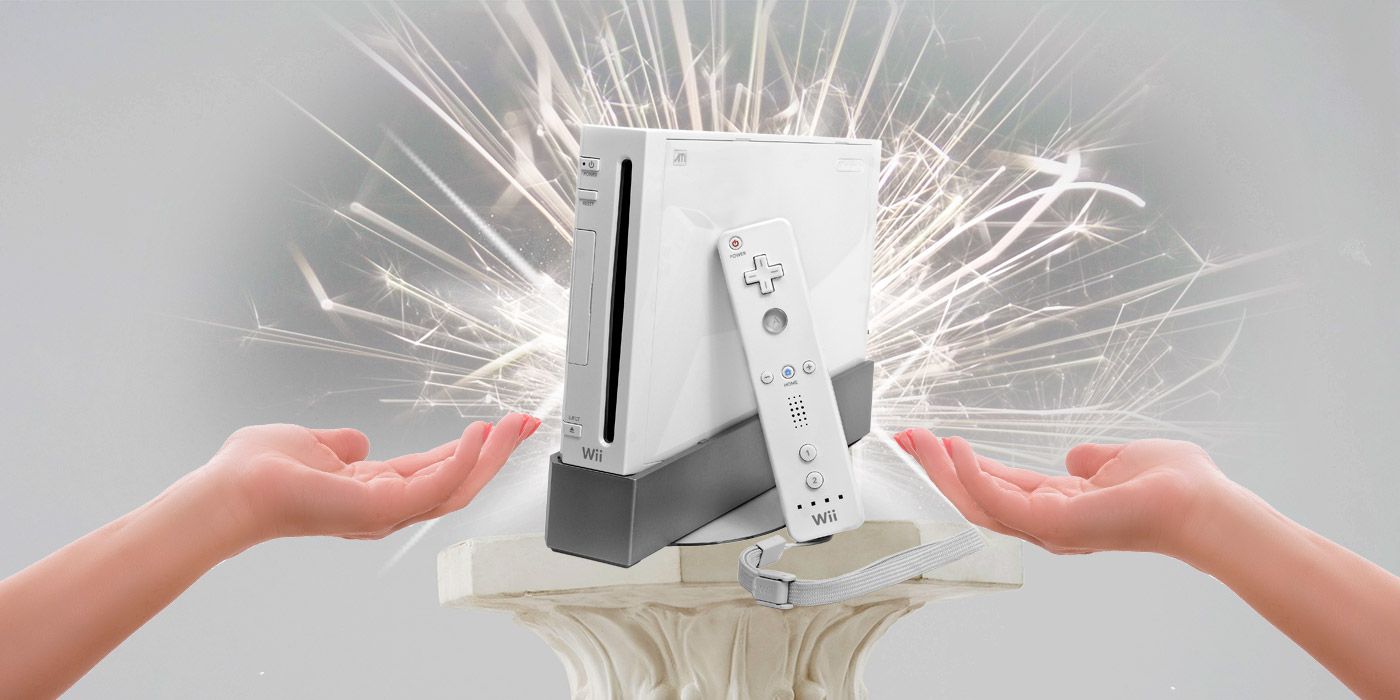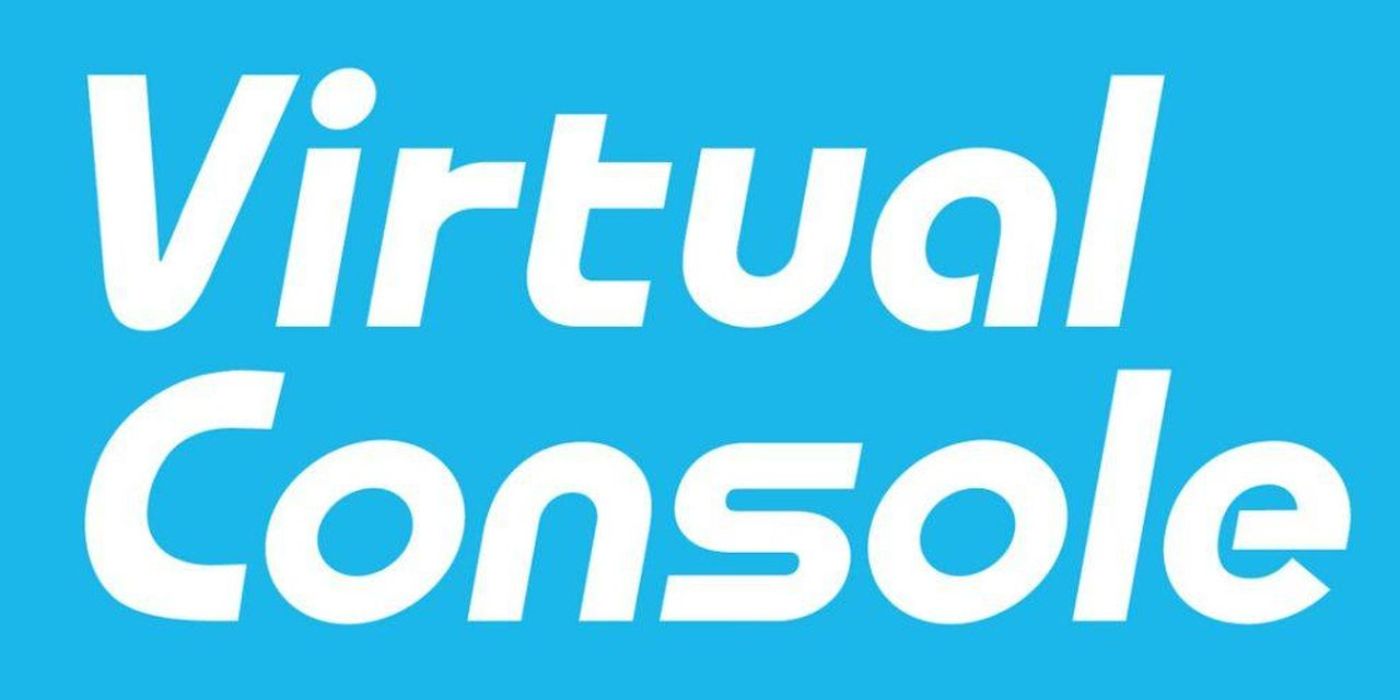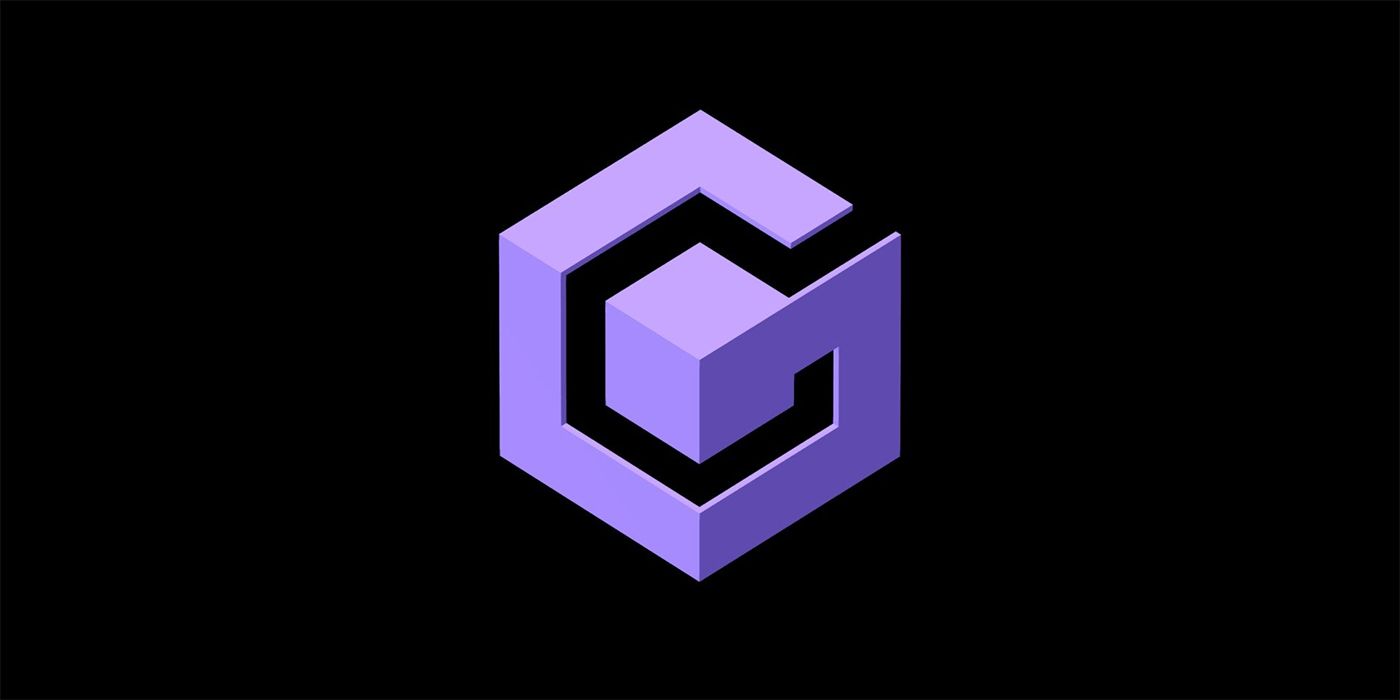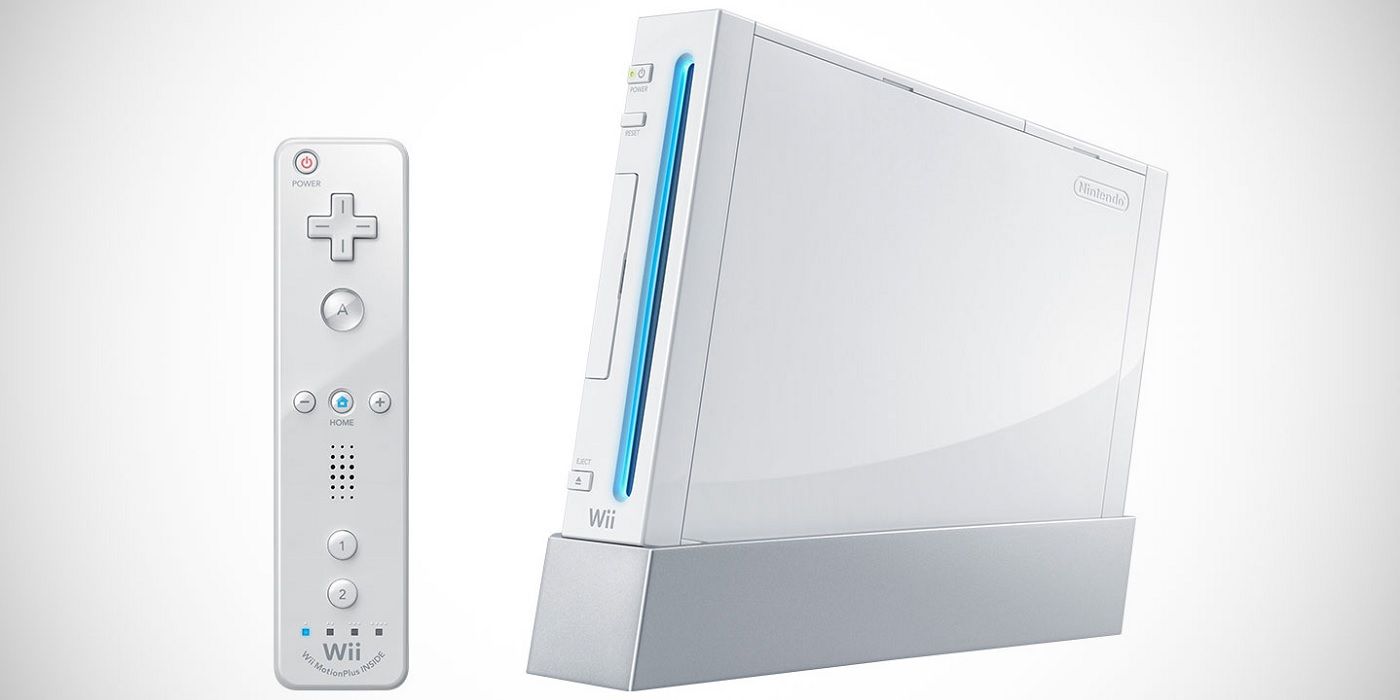One of the reasons why Nintendo has remained so successful for so long is because the company is willing to take risks. Ever since the N64 introduced a controller that looked like it was made for a person with three hands, Nintendo has been known for innovating and boldly going where few other video game companies have gone before. Some of these experiments have been more successful than others, the Wii U being perhaps the most relevant example of a Nintendo project not going as planned. When Nintendo hits its mark however, it hits it in a big way, and there's no greater indication of this than the Nintendo Wii.
When the Nintendo Wii released, it took the video game industry by storm. The console was incredibly accessible, thanks to the easy-to-pick-up motion controls and wide array of family-friendly games. This brought together gamers of every kind, from hardcore crowds to the casual, and it even got some people with no interest in gaming to pick up a controller for the first time. What was perhaps most exciting about the Wii however, was the breadth of options that gamers had when it came to which games they wanted to play. Up to three different software options were available for players, making the Wii into the ultimate Nintendo experience.
Virtual Console
The foundation of Nintendo is built on the classic games that released between the NES and N64 era. Games like Super Mario Bros. and The Legend of Zelda: Ocarina of Time were pivotal in the lives of many gamers when they released, and the Wii's Virtual Console feature catered directly to the people that wanted to relive the classics. It allowed Wii owners to play some of the most classic games from Nintendo's rich history, including titles from the NES, SNES, N64, and even the Sega Master System. It also gave younger gamers the chance to play these classics without having to hunt down a twenty-year-old console.
GameCube Backwards Compatibility
In addition to the Virtual Console, when the Wii launched it boasted complete backwards compatibility with the GameCube. Original models of the Wii allowed players to plug in up to four GameCube controllers, it had two slots for memory cards, and all it took was putting a GameCube disc into the system to play them. This level of backwards compatibility set up the Wii very well at launch, as GameCube owners still had games to hold them over until more Wii titles started rolling out. Even if the GameCube was sometimes criticized compared to its contemporaries, the Wii was able to give the games a second wind.
Wii Games
Naturally, the Wii had a plethora of different original games available for owners. Many of them took advantage of the new motion controls in fun and exciting ways, especially games that were developed by Nintendo itself. Titles like Wii Sports were very popular with families because of how intuitive the motions were for each sport, and it made gaming accessible for almost everyone. Longtime franchises adapted to the console as well, and sometimes they were even improved by the new control schemes.
The Wii is mostly remembered for its revolutionary new motion controls, but where it really shined was in the vast array of games available for the system. There was truly something for everyone, from retro classics to titles that took advantage of the new hardware at the time, and Nintendo has yet to fully replicate this level of variety with the Switch. The NES and SNES games available through Nintendo Switch Online have somewhat satisfied those that enjoy that era of gaming, but many Switch owners have wanted more for some time. Perhaps if the rumored Switch "Pro" is as powerful as reported, it could deliver on those wishes.




